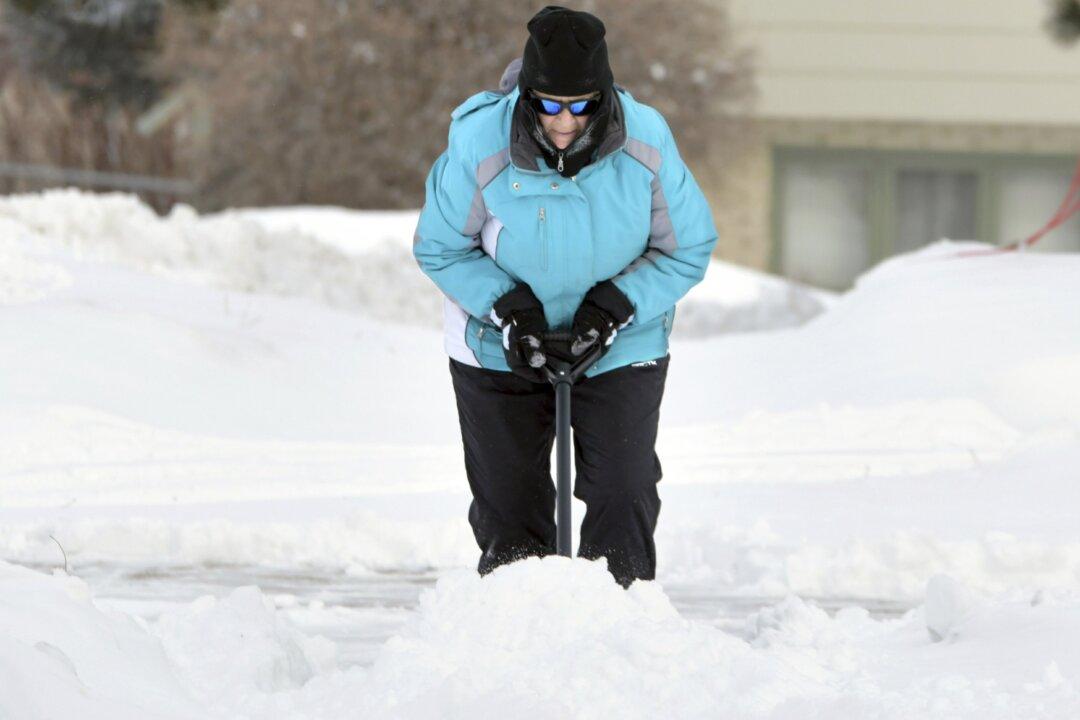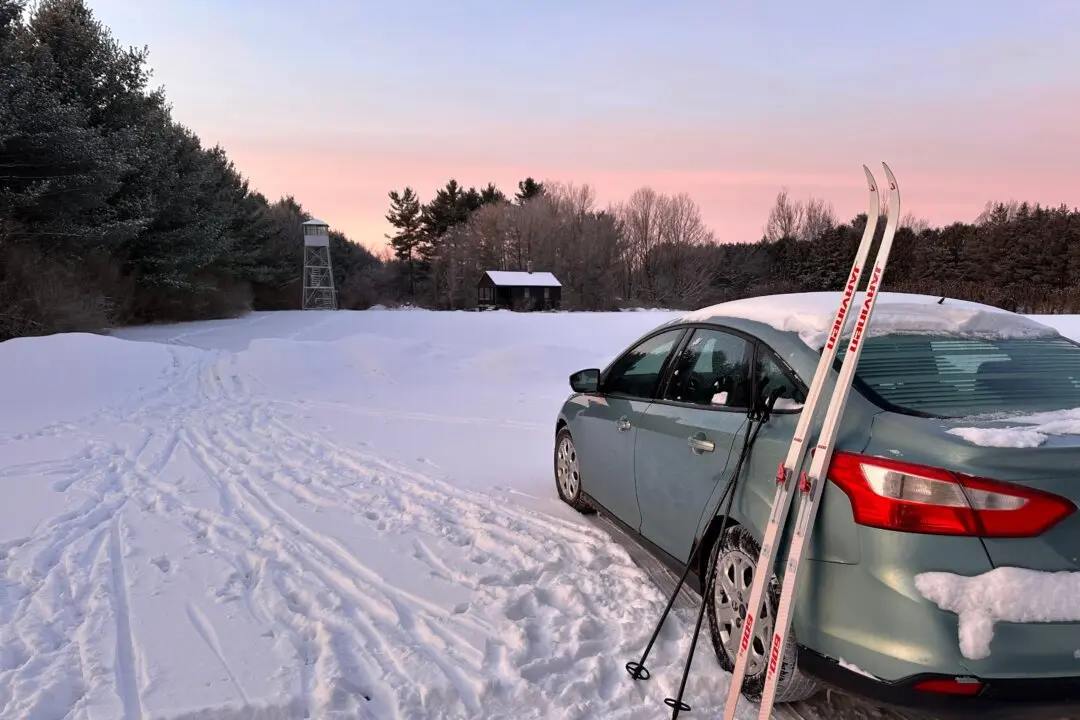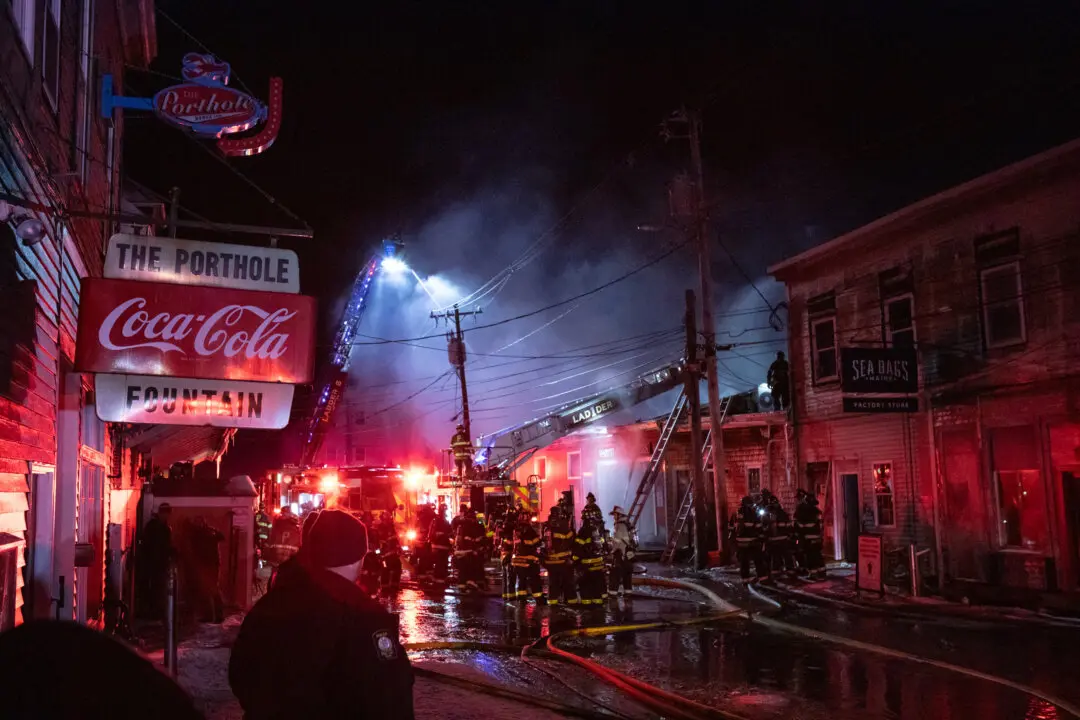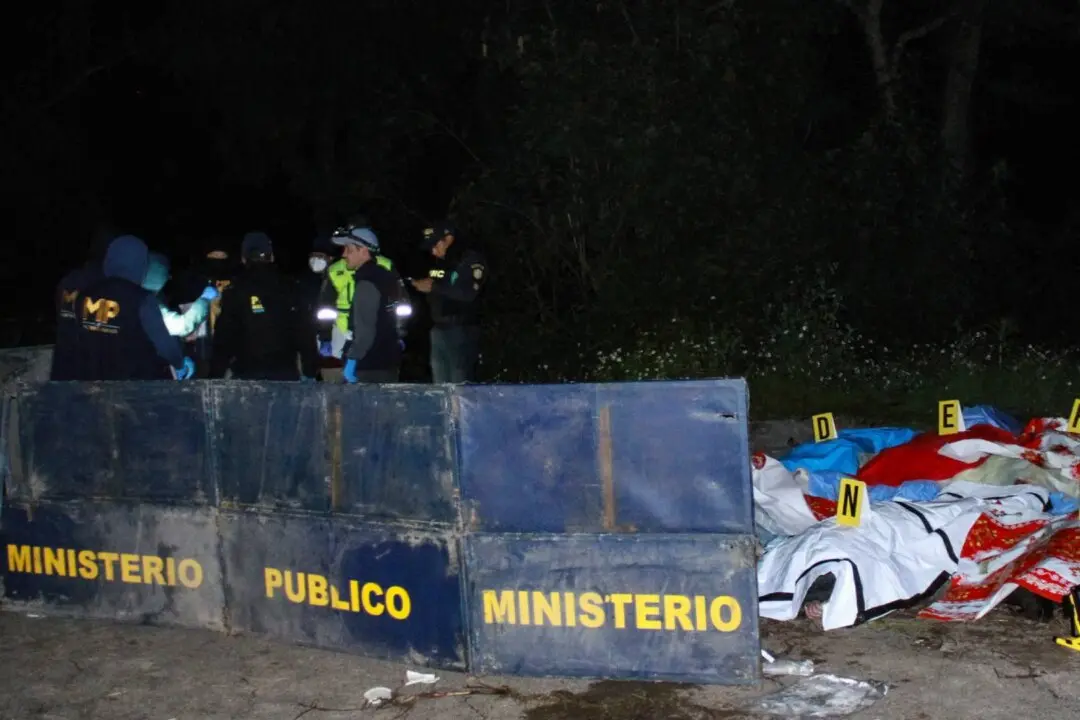SEATTLE—Winter weather pounded a swath of the U.S. West on Monday, Feb. 4, closing schools, delaying flights and turning streets into sledding hills in coastal cities like Seattle that rarely get much snow.
Parts of California and Montana braced for the threat of mudslides and avalanches this week, while the Midwest warmed up from a dangerous blast of cold last week that is linked to at least 30 deaths in several states.





